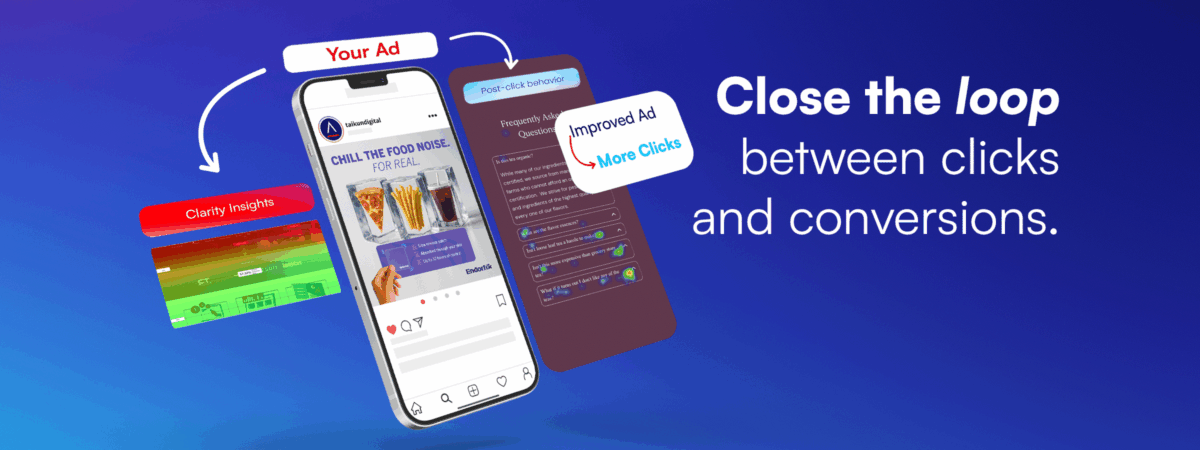
Why Every DTC Brand Owner Should Be Using Microsoft Clarity to Make Better Ads
Let’s say your Google or Meta Ads account is humming. You’re hitting ROAS targets. Spend is stable. Your best-performing creatives are…
Let’s say your Google or Meta Ads account is humming.
You’re hitting ROAS targets. Spend is stable. Your best-performing creatives are driving traffic. Platform metrics look great, maybe your agency is even sending reports full of green arrows and nice-looking charts.
But revenue isn’t scaling. You’re stuck.
Sound familiar?
You’re not alone. Most DTC brands hit this plateau where ads seem to work, but growth stalls. And it’s often because they’re flying blind on what happens after the click.
That post-click “black hole” is exactly what Microsoft Clarity helps you fix.
What Is Microsoft Clarity?
Microsoft Clarity is a free behavioral analytics tool that gives you a window into how users actually interact with your website and landing pages.
With Clarity, you get access to session recordings that show exactly how users move, click, and scroll. This is useful because you can observe the common paths that people take towards conversion, as well as identify where people drop off and abandon the funnel.

You can also visualize where attention is going (or not) via click and scroll heatmaps. Friction zones become findable with rage click and dead zone detection.
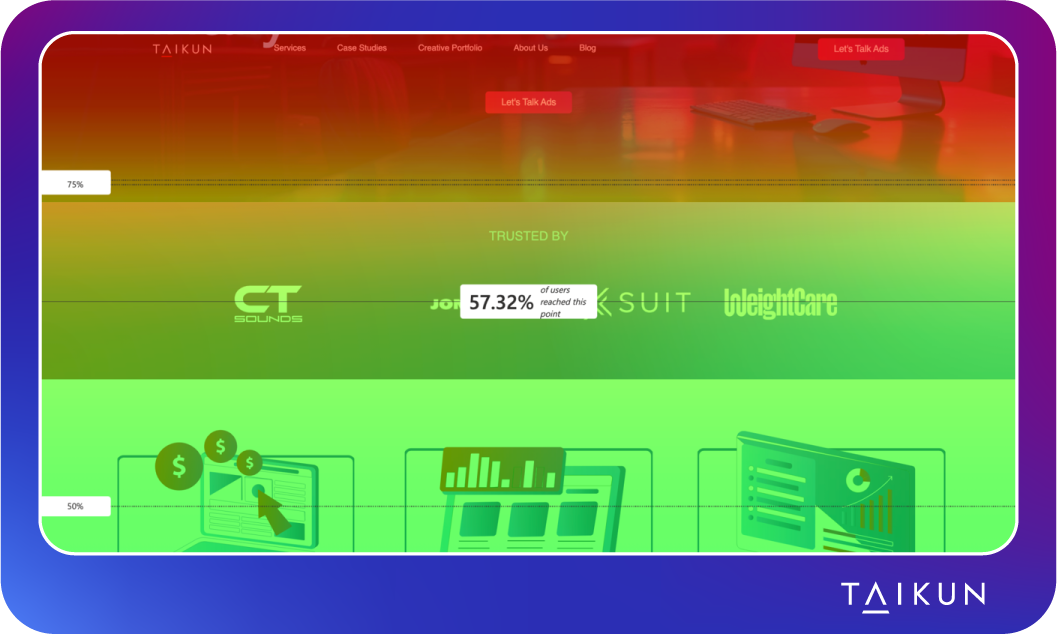
There are other tools that perform the same function. The main difference is that Clarity is free while the others cost money.
So far, the information outlined has been fairly well known and largely pertains to CRO specialists.
As a brand owner you’re likely thinking, “I’m focused on scaling through paid media, not getting lost in CRO tools. This doesn’t actually move the needle on ad performance”.
That’s where you’re wrong.
Why Post-Click Behavior Matters A Lot
Most brand owners treat what happens after the click like a black box. The ad did its job. Someone landed on the site, so the assumption is that anything beyond that is out of your hands.
Newsflash, it matters a lot. I’ll drop this link here [CRO and Landing Pages Are No Longer Optional] and stop chastizing you for totally sleeping on CRO.
But really, this kind of thinking leaves potentially massive amounts of money on the table.
Clarity shows you what’s actually happening between the click and the conversion. This is where the silent killers live. Rage clicks. Dead zones. Broken buttons. UX issues that totally wreck your conversion rate without ever showing up in your ad platform metrics.
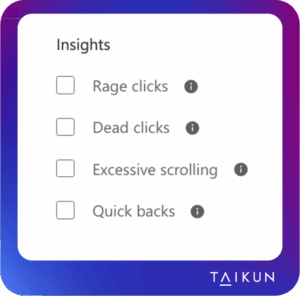
Think of Clarity as your post-click goalie. It flags the friction that’s sabotaging your spend, so you can catch it before it burns more budget.
You might be thinking, “Okay, so I use this to troubleshoot when something’s clearly wrong, got it. But otherwise? There’s no use case for my brand as far as ads are concerned”.
Wrong again.
How Clarity Helps Your Brand Make Better Ads
Post-click behavior is a goldmine for improving ad performance. Clarity gives us a perspective totally different from the ad platforms so that we can refine creative, better align messaging, and eliminate disconnects.
Improve Creative Messaging Based on Behavior
Have an absurd bounce rate? It could be that there is a sharp messaging disconnect between your ads and the landing page that users are being sent to. There are multiple ways to diagnose this beyond just checking the bounce rate. Are they scrolling in confusion? Hesitating on the hero section? Rage clicking the back button?
These are all behavioral signals that suggest that your ad’s hook or value prop might be misleading or confusing the users due to a sharp change in messaging once they land on the page.
If you’re observing these things, it warrants cross-referencing the headlines/visuals, offer positioning, and CTA of your ads vs what’s on the LP.
Mismatch identified? Here’s what to do next:
If a significant portion of your ads are performing well with a certain angle, but a few winning ones feel slightly misaligned with the landing page, consider making slight adjustments to bring the ads more in sync while still preserving their unique strengths if possible.
Alternatively, if you’re running ads with three distinct angles like weight loss, appetite suppression, and energy boosting but your landing page only focuses on weight loss (and those ads are performing best), it could be the alignment that’s driving the results even though that specific angle may not have the most potential. In that case, finding and using (or creating) dedicated landing pages that match the appetite suppression and energy angles will help unlock more scale and success in the account.
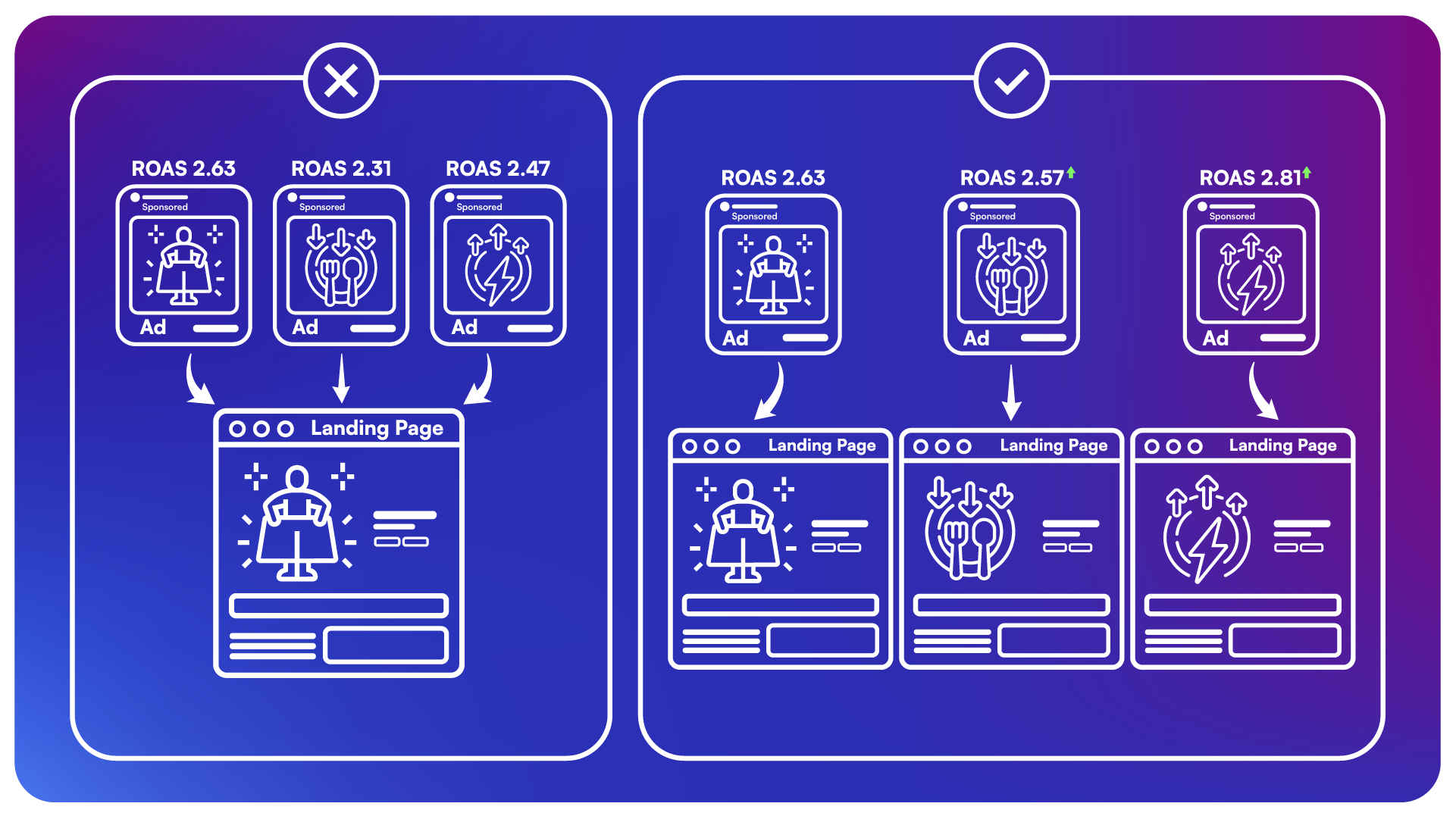
You can go a step further by digging into these disconnects in more detail.
Identifying More Specific Disconnects Between Ad & Landing Page
Once you’ve looked at high-level messaging alignment, it’s time to dig deeper into how users interact with different sections of the landing page as this reveals what your ads may not be preparing them for.
Let’s say you’re running ads around a bold offer or feature, but users aren’t clicking the related section on the page. That could mean the messaging in your ad isn’t translating clearly. It may be worth reframing the language in your headline or primary text to better connect the dots.
If your scroll map shows that users consistently drop off before reaching the section that delivers on your ad’s promise (like the BOGO deal or a section outlining a key feature), you should edit the LP or at the very least test new ad creative to reflect what’s actually above the fold.
Seeing users hesitate or rage click near a pricing section? That might signal a need for a clearer value prop in the ad.
Seeing no engagement near a UGC video on the page? This sometimes happens when you’re already using the same super strong creative in an ad with a significant amount of spend. That space can be better utilized by using something that’s not duplicative.
Seeing a lot of clicks to a specific FAQ or time spent looking at a specific review? That’s often a sign that that information is highly important to the prospect. There’s potential to include it in ad copy or even to make it the focus of a new creative.
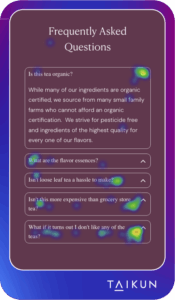
This is the kind of feedback loop most media buyers skip, but the best ones use it to their advantage.
Conclusion
Running ads without knowing what happens between the click and the conversion is like your car breaking down in the middle of the highway and you get out to check the car but the hood is welded shut. Total enigma as to what’s happening in there.
Using Microsoft Clarity is like finally popping the hood. It gives you a clear view of what’s happening post-click, so you can diagnose issues and make smart adjustments to improve performance, just like tuning up a car to run more efficiently.
Stay in the loop! Sign up to get our newest blog articles and exclusive resources delivered straight to your inbox.
Newsletter Signup
Related Articles
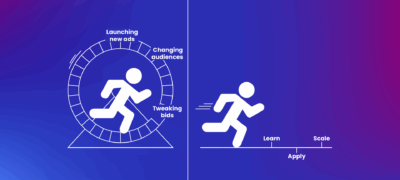
- General
5 Reasons DTC Brands Plateau
They never run the numbers Every brand knows their ROAS, CPC, CTR, etc. How many brands can tell you their contribution…
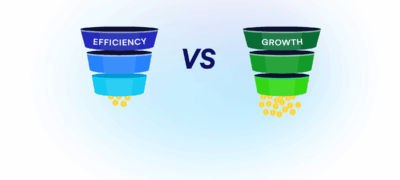
- PPC
Your Google Ads Metrics Look Great, So Why Aren’t You Growing?
At a glance, everything looks great. Your Google Ads account is hitting ROAS targets. Spend is stable and efficient. Branded search…
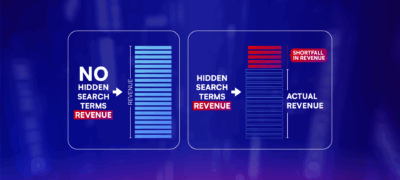
- PPC
The High Cost of Hidden Search Terms: How Google Skims Profit from Advertisers
Google claims that search terms are hidden for privacy reasons and not performance reasons, so we wanted to find out: Do…
How can we help you grow?



